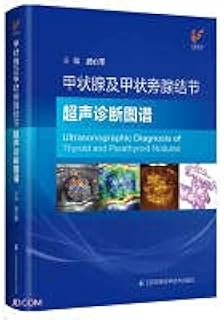In a recent study published in Scientific Reports, researchers conducted a retrospective multicenter validation study to evaluate the malignancy risk of thyroid nodules based on echotexture and degree of hypoechogenicity. The study aimed to address discrepancies in ultrasound lexicon definitions across different risk stratification systems.
The researchers retrospectively evaluated 5601 thyroid nodules with final diagnoses from 26 institutions. Nodules were categorized based on echotexture (homogeneous vs. heterogeneous) and degree of hypoechogenicity (mild, moderate, or marked). The study found that heterogeneous hypoechoic nodules had a significantly higher malignancy risk compared to heterogeneous isoechoic nodules. Additionally, marked or moderately hypoechoic nodules showed a higher risk than mild hypoechoic nodules.
The findings support the classification of nodules based on their predominant echogenicity for effective risk stratification. The study also suggested stratifying hypoechogenicity as mild versus moderate to marked for malignancy risk assessment. The results highlighted the importance of considering echotexture and hypoechogenicity in the evaluation of thyroid nodules for accurate risk stratification.
This study contributes valuable insights to the field of thyroid nodule assessment and provides guidance for clinicians in determining the malignancy risk of nodules based on ultrasound characteristics. The findings underscore the significance of standardized criteria for risk assessment and the need for consistent terminology in ultrasound imaging across different risk stratification systems.
📰 Related Articles
- Thyroid Ultrasound Reveals Aggressive Cancer Risk: Case Study Insights
- Study Reveals Key Risk Factors for Antepartum Hemorrhage in Placenta Accreta Spectrum
- Study Reveals Higher Risks for Fetus with Increased Nuchal Translucency
- Study Reveals Effective Thyroid Imaging System for Disease Detection
- Mastercard Study Reveals Bangkok as High Fraud Risk City






